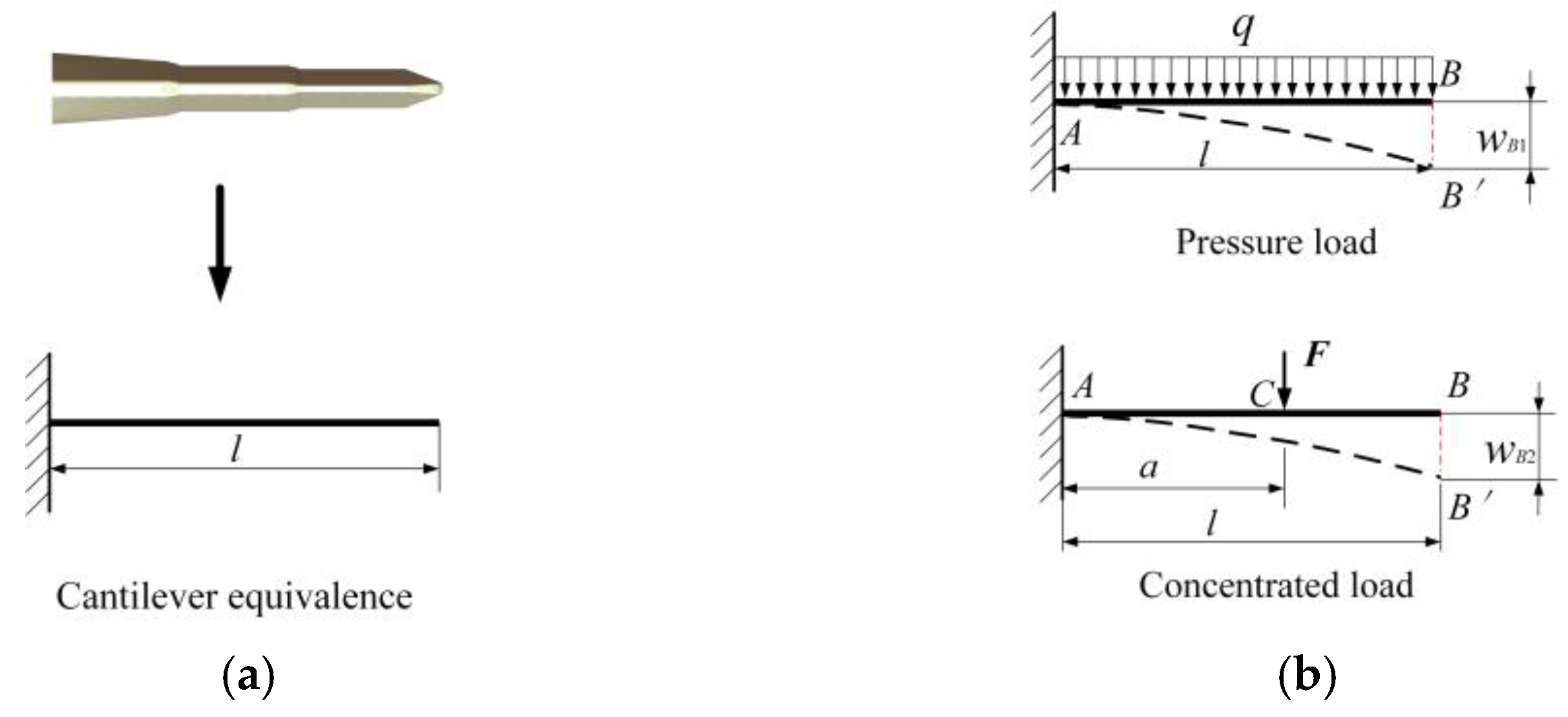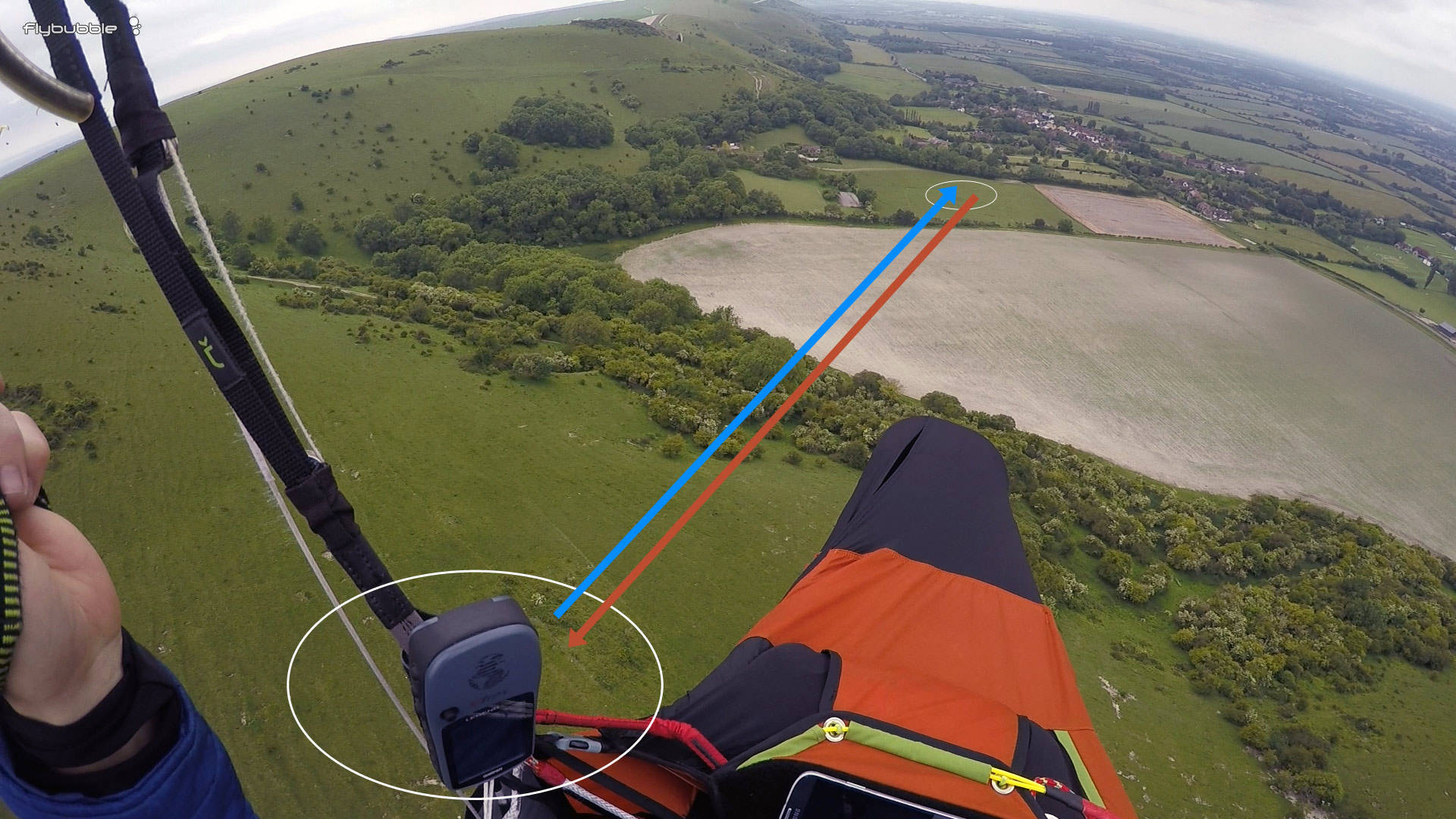Safety Considerations at High Wing Loadings
While high wing loading offers performance benefits, it also introduces significant safety considerations that pilots must understand and respect. Operating at maximum wing loading requires heightened awareness and modified techniques to maintain safety margins.
Increased Stall Speeds
The most immediate effect of increased wing loading is higher stall speeds. The relationship is not linear but follows this approximation:
New Stall Speed = Original Stall Speed × √(New Wing Loading / Original Wing Loading)
This means a 44% increase in wing loading results in a 20% increase in stall speed. Pilots must be vigilant about maintaining adequate airspeed, especially during turns when stall speed increases further.
Structural Considerations
High wing loading increases stress on the airframe:
- Maneuvering speed (VA) increases with weight
- Gust response becomes more abrupt
- Landing loads increase significantly
- Fatigue life may be reduced with frequent high-weight operations
Landing Challenges
High wing loading affects landing performance in several ways:
Approach Speed: Must be increased to maintain control authority and safety margins.
Flare Characteristics: Heavier gliders have more inertia, requiring earlier and more positive flare inputs.
Ground Roll: Increased weight means longer ground rolls and more braking required.
Crosswind Limitations: Maximum demonstrated crosswind may be reduced at high weights.
Emergency Procedures
High wing loading affects emergency scenarios:
Rope Breaks: Heavier gliders have worse climb performance after launch failures.
Outlandings: Selecting suitable fields becomes more challenging with higher approach speeds.
Ballast Dumping: Pilots should be familiar with emergency ballast release procedures.
Pilot Factors
Operating at high wing loading demands more from the pilot:
- Increased workload during critical phases of flight
- Greater physical strength needed for controls
- Heightened situational awareness
- More precise control inputs required
Understanding these safety implications allows pilots to make informed decisions about when to operate at high wing loadings and how to mitigate the associated risks through proper technique and conservative decision-making.




